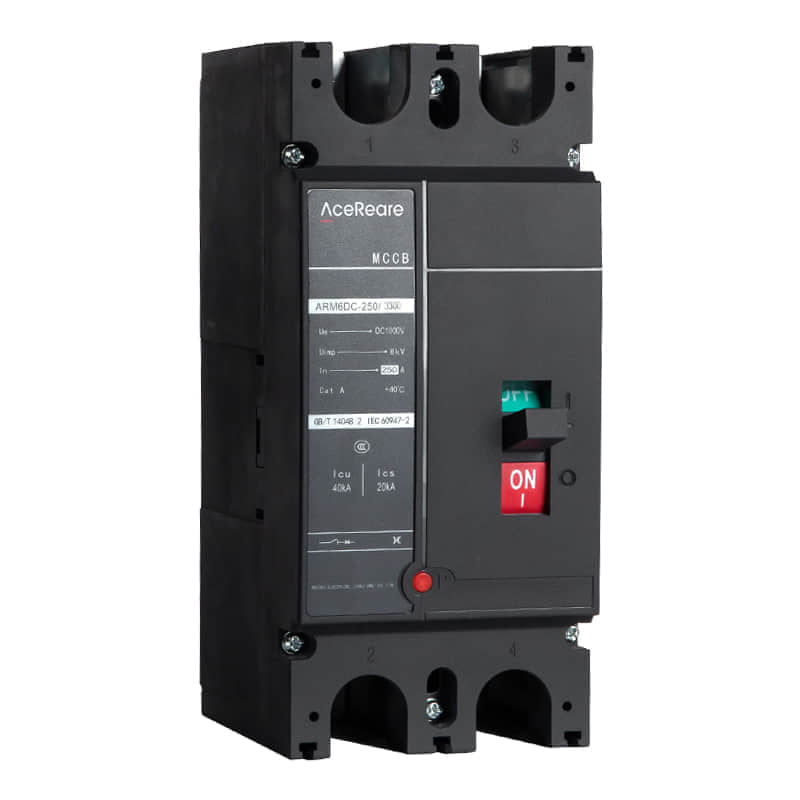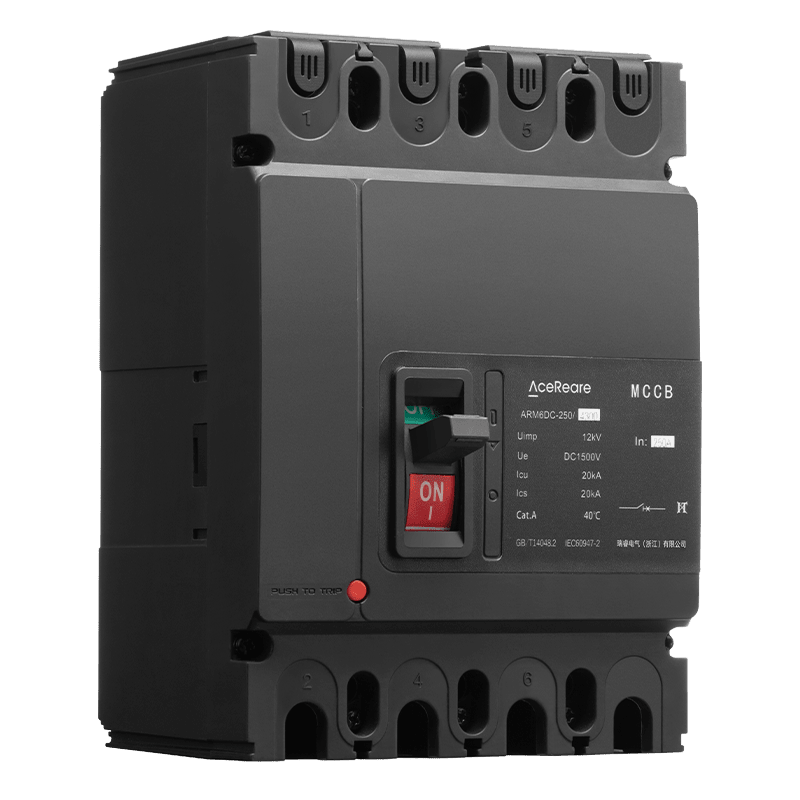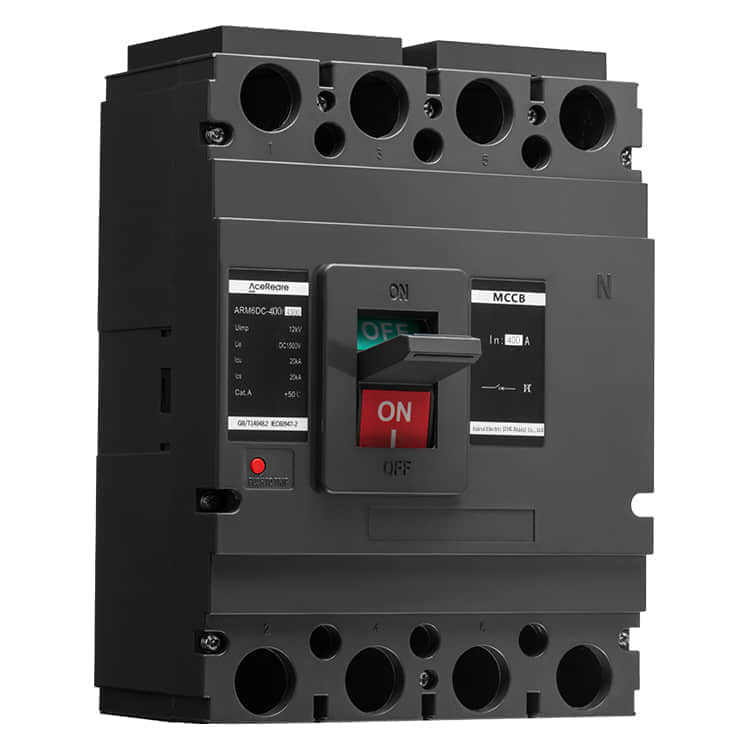Photovoltaic systems have become increasingly popular as a sustainable and renewable source of energy. As the demand for solar power continues to rise, so does the need for reliable and efficient electrical components to ensure the safety and performance of these systems. One critical component in a solar power setup is the Photovoltaic Molded Case Circuit Breaker (MCCB). In this article, we will explore the importance of MCCBs in photovoltaic systems and the advancements made by manufacturers in this field.

The Role of MCCBs in Photovoltaic Systems

MCCBs are crucial components in photovoltaic systems for several reasons. These devices are designed to protect the electrical circuits and equipment in the system from overcurrents and short circuits. In a photovoltaic system, where electricity is generated from solar panels and fed into the grid or stored in batteries, the potential for overcurrents is always present. These overcurrents can occur due to various reasons, including system faults or fluctuations in sunlight intensity. MCCBs play a vital role in ensuring the safety and reliability of the entire photovoltaic system. They can quickly disconnect the circuit in case of an overcurrent, preventing damage to the equipment and reducing the risk of fire or electrical hazards. Furthermore, MCCBs allow for easy maintenance and troubleshooting by providing a means to isolate specific sections of the system. Advancements in MCCB Manufacturing Manufacturers of MCCBs have been continuously innovating to meet the specific requirements of photovoltaic systems. Here are some of the key advancements in MCCB manufacturing for photovoltaic applications: Higher Current Ratings: With the increasing capacity of photovoltaic systems, MCCB manufacturers have developed models with higher current ratings. These MCCBs can handle the elevated currents generated by large solar arrays, ensuring the safe and reliable operation of the system. Improved Thermal Performance: Solar panels can become hot, especially in sunny climates. To address this issue, manufacturers have developed MCCBs with improved thermal performance. These MCCBs can operate efficiently at higher temperatures, reducing the risk of tripping due to thermal overloads. Compact Designs: Space is often limited in photovoltaic installations, so manufacturers have focused on creating more compact MCCBs. These smaller, space-saving designs allow for easier integration into crowded electrical panels and enclosures. Enhanced Connectivity: Modern MCCBs are equipped with advanced connectivity options. They can be remotely monitored and controlled, which is particularly useful for large-scale photovoltaic installations. This connectivity enables real-time monitoring of the system’s electrical health and the ability to remotely trip the MCCB if necessary. Durability and Longevity: MCCBs in photovoltaic systems are exposed to various environmental conditions, including sunlight and temperature fluctuations. Manufacturers have improved the durability and longevity of MCCBs by using robust materials and coatings that can withstand harsh outdoor environments. Compliance with Standards: To ensure the safety and reliability of photovoltaic systems, MCCBs must meet specific industry standards. Manufacturers have been proactive in ensuring that their products comply with the latest standards and certifications, giving installers and system owners peace of mind. Conclusion As photovoltaic systems continue to grow in popularity, the role of Photovoltaic Molded Case Circuit Breakers (MCCBs) becomes increasingly significant. These devices are essential for safeguarding the system, equipment, and users from electrical faults. Manufacturers have responded to the growing demand for reliable MCCBs in photovoltaic applications by introducing innovative solutions that address the unique challenges of solar power installations. With advancements in current ratings, thermal performance, connectivity, and durability, MCCB manufacturers are contributing to the continued success and expansion of solar energy systems. As the industry evolves, we can expect further innovations that enhance the efficiency and safety of photovoltaic MCCBs.
